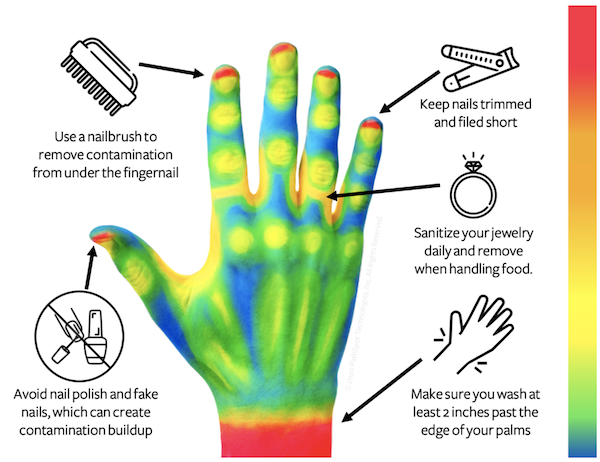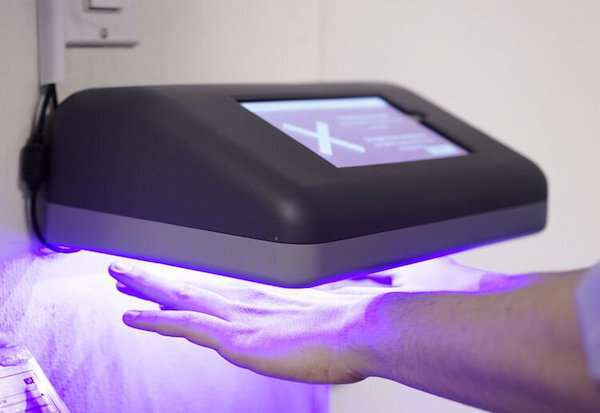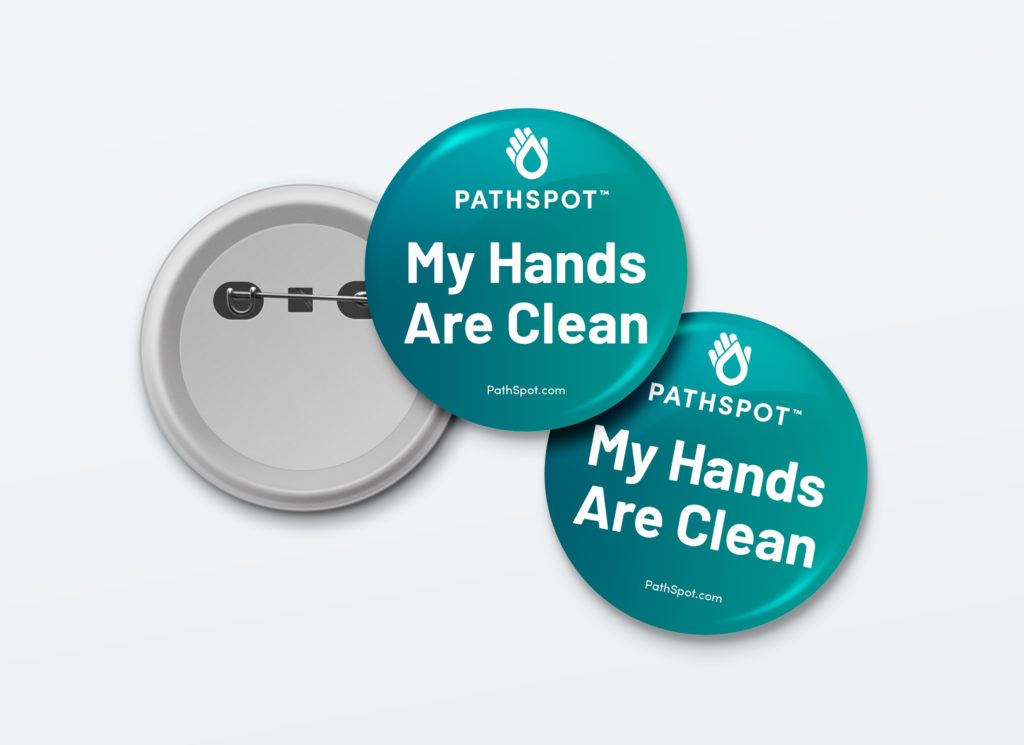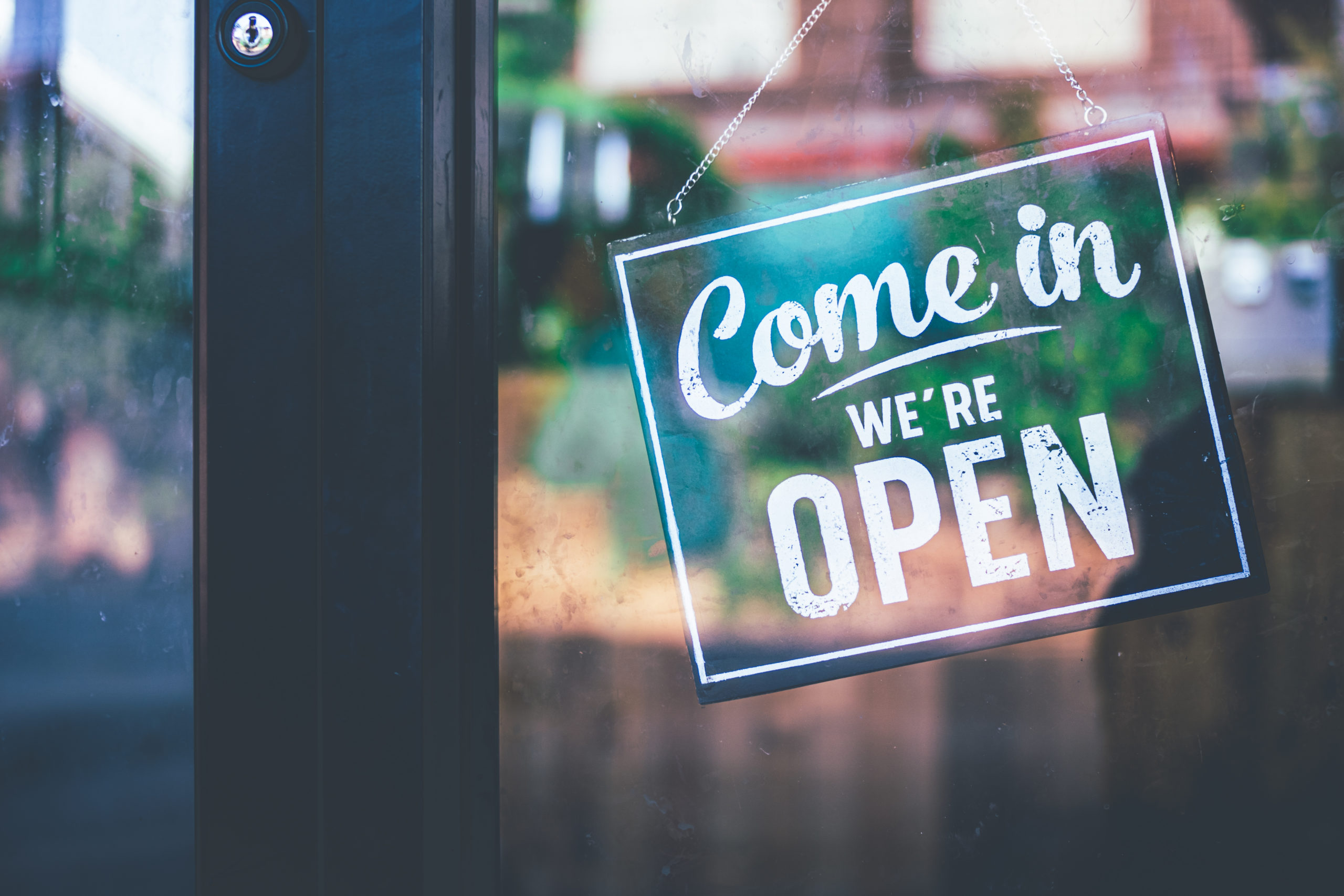We’re all in need of some good news. New cases of COVID-19 are starting to decrease, which means your team can start thinking about opening doors to guests. Though businesses will reopen, it’s important to acknowledge that they’ll look dramatically different than they did before COVID-19. Customers will likely be wary of public spaces and have a higher demand for proper hygiene and food safety measures. Ensure you’re meeting these requirements by thinking about the suggestions below. If you want a PDF version of this list to print out or share, you can download it here.
1. Implement Social Distancing
Social distancing measures will still be in place long after businesses have the green light to reopen, so start thinking about what that may look like in your restaurant. Will you need to reduce the amount of seating in your dining room? Does it make sense to implement a reservation-only policy? Is there anything you can do to show your customers that your kitchen staff is also practicing proper protocols?

Photo by Macau Photo Agency on Unsplash

Photo by PathSpot
2. Retrain your Staff
Properly train your staff about the new norms of your establishment. Go over proper handwashing techniques, outline social distancing rules, and hang up resources they can reference whenever they need to.
3. Level up your Food Safety & Hygiene
When businesses are able to reopen dine-in services, customer expectations for food safety and hand hygiene will be elevated. You can implement obvious and effective hygiene measures to reassure customers that it’s safe to return to your restaurant. Tools and technology like the PathSpot hand scanner can effectively signal to your customers where your priorities lie. This device tracks and monitors hand washing frequency and effectiveness to detect harmful contaminants. By using the scanner, you’ll be able to confidently serve your guests, knowing your team’s hands are contaminant-free and safe to handle food. It’s going to be more important than ever before that you’re doing everything you can to ensure the safety of your staff and customers.
Are you interested in learning how PathSpot can help you prepare for reopening? Contact us here.

Photo by PathSpot

Photo by Cytonn Photography on Unsplash
4. Update your Menu
When cutting costs, make sure to factor in your menu. Consider trimming down your menu to focus on fan favorites with high margins.
5. Communicate, Communicate, Communicate
Communicating your efforts with your guests is going to be a crucial step to prepare for your reopening. Take the time to update your customers on your reopening date and hours of operations, and explain that you’ll (probably) be taking baby steps to get back to business as usual. More importantly, show your customers you’re meeting proper hygiene standards through visual cues, conversations and marketing channels. For example, PathSpot partners use “My hands are clean” pins to show guests they’re using technology to guarantee proper handwashing.

Photo by PathSpot
We’re thinking about you during these incredibly heavy times, but we will all get through this together. As going back to work becomes more and more tangible, it’s important that you plan for a different dining experience than you’ve been used to. Let us help you with that.


